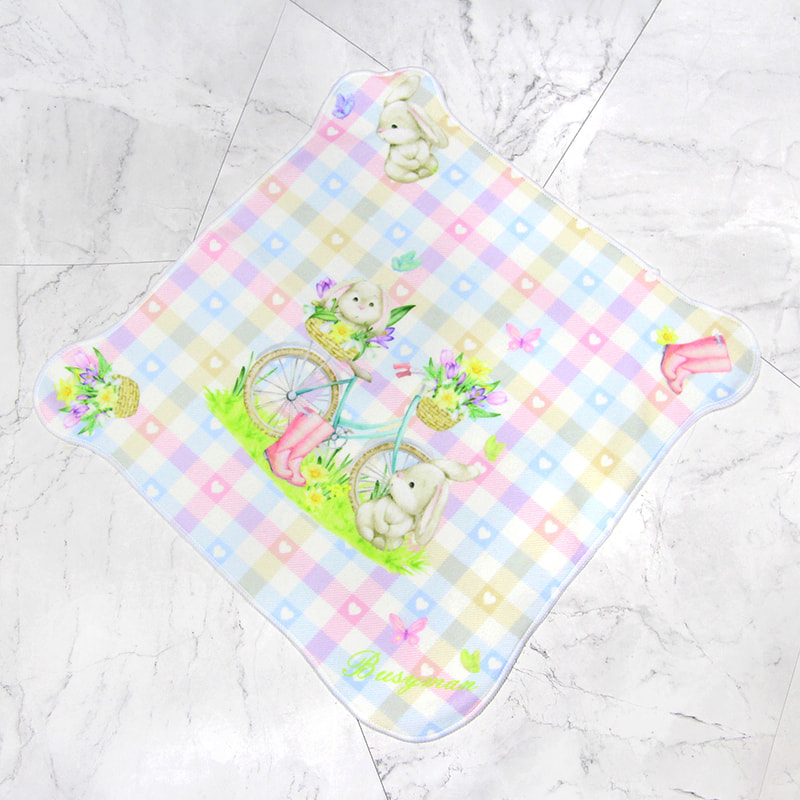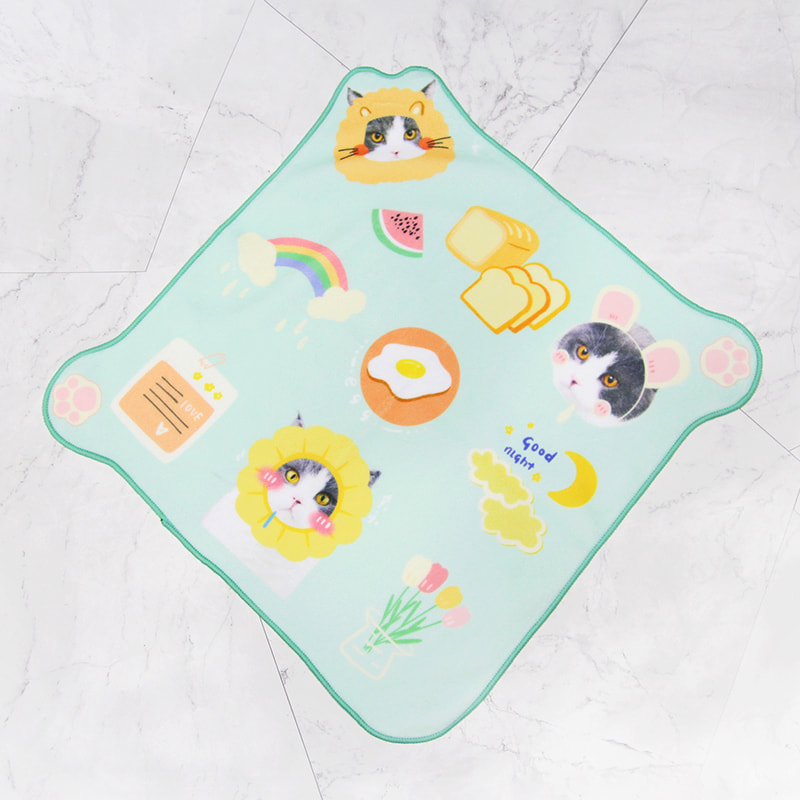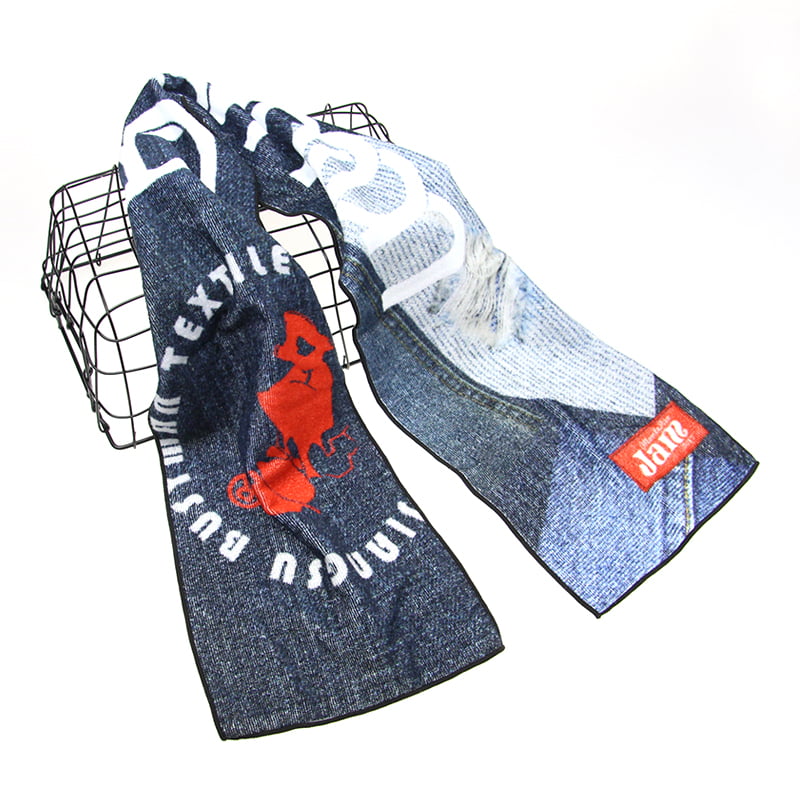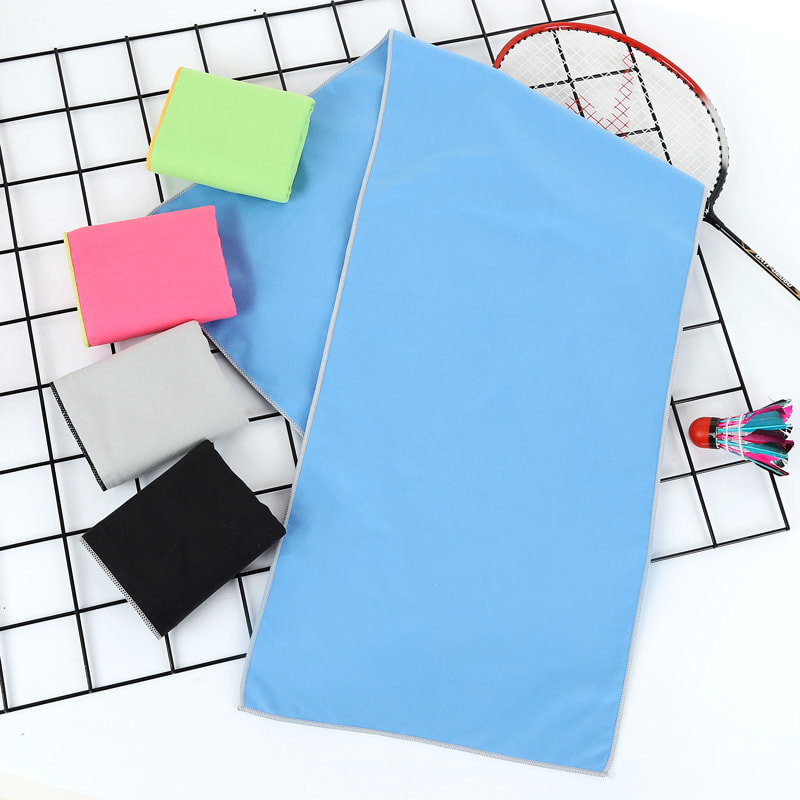What are the advantages of Cotton Digital Printed Beach Towel’s digital printing technology?
Cotton Digital Printed Beach Towel is a beach towel that uses digital printing technology to print exquisite patterns directly onto high-quality cotton fabric. The application of this printing method brings many significant advantages to traditional beach towel design and production, making it increasingly popular in the market. So, what are the unique advantages of digital printing technology? Let’s dig into it.
1. High degree of design flexibility and customization
One of the biggest advantages of digital printing technology is its extremely high design flexibility. Traditional printing methods, such as screen printing or heat transfer printing, are often limited by the number of patterns, colors and printing complexity when designing. Digital printing allows printing of virtually any complex pattern, including gradients, photo-level detail, and blends of multiple colors. This means that consumers and designers can customize beach towel patterns according to personal needs, or even create unique and creative designs, without worrying about production limitations.
2. Bright and long-lasting color
Digital printing technology accurately prints colors directly onto the fabric surface, ensuring patterns are vibrant and detailed. Digitally printed colors are more durable and less likely to fade than traditional printing techniques. Even after many washes, the color of your beach towel remains bright. Especially for products like beach towels, which are constantly exposed to the sun, sand and water, it’s crucial to keep their colors fresh.
3. Accurate pattern reproduction
Digital printing can reproduce details and patterns with extremely high precision, which is especially important for beach towels with intricate patterns or tiny details in the design. Traditional printing methods may cause pattern distortion or blurred edges when processing high-detail patterns, while digital printing can clearly restore the designer's creativity and ensure that every detail is perfectly presented.
4. Environmental protection and low energy consumption
Digital printing technology usually uses water-based ink in the production process. Compared with traditional solvent-based ink, this ink is more environmentally friendly, does not contain harmful chemicals, and is environmentally friendly. Additionally, digital printing is produced on demand, which reduces waste during production. Compared with prefabricated boards and templates required for mass production, digital printing avoids the waste of a large amount of raw materials and also helps reduce energy consumption, in line with modern consumers' demands for sustainable products.
5. Higher production efficiency
Digital printing eliminates the need for complex preparation, such as making printing plates or transfer papers, which makes the overall production process more efficient. Manufacturers can start printing directly from the design file, saving time on making templates and reducing labor costs. This makes small batch production and customized production more convenient, especially suitable for the market's demand for personalization and fast delivery.
6. Fewer color restrictions
Traditional printing methods often have limitations on the number of colors available, and designers often need to compromise between multiple colors. Digital printing has almost no color restrictions. Any color can be printed, and the shades and transitions of each color can be precisely controlled. This means designers can be more creative and create colorful and layered beach towel patterns.
7. Less inventory pressure
Digital printing technology supports on-demand production, which eliminates the need for merchants to maintain large inventories. Merchants can produce according to market demand and customer order volume, reducing unnecessary inventory pressure and warehousing costs. This flexible production method is particularly important for small and medium-sized merchants, as they can quickly respond to market changes and avoid excessive inventory backlogs.



 中文简体
中文简体 Español
Español 日本語
日本語 0
0















